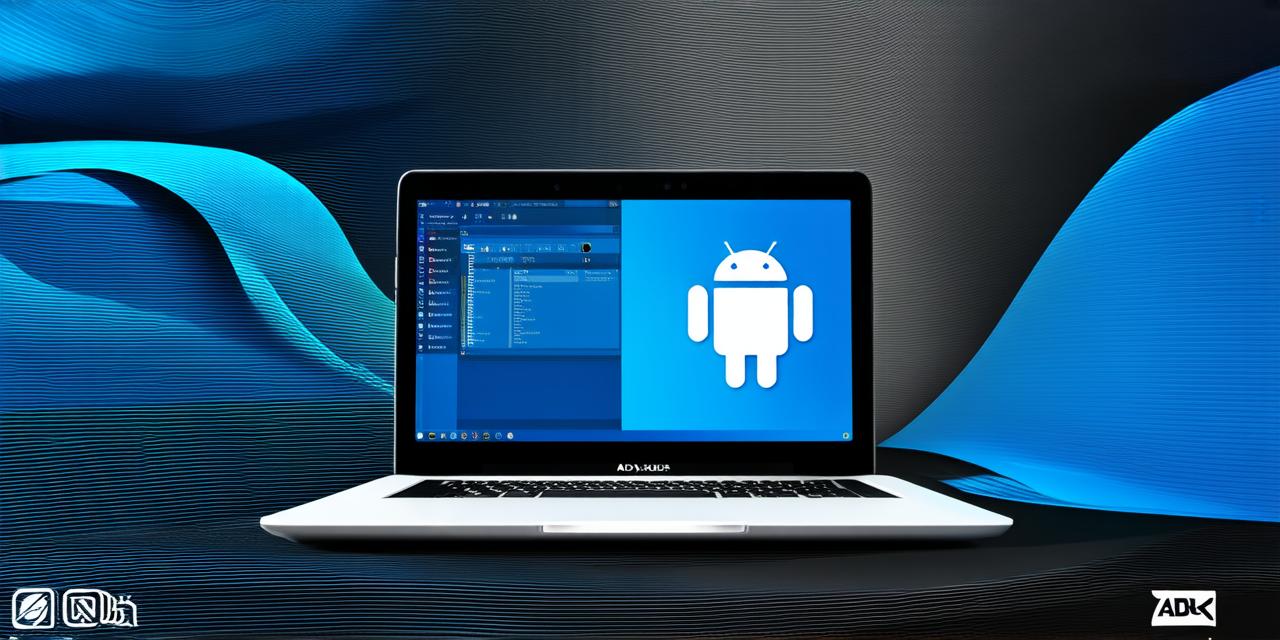ADB (Android Debug Bridge) is a powerful tool that allows developers to connect their Android devices to their computers and perform various tasks such as debugging, pushing apps, and managing files. It is an essential component of the Android development process, and it comes pre-installed with Android Studio.
However, many developers struggle to find ADB on their computers or may not even know where to look for it. In this article, we will explore the various locations where ADB can be installed by Android Studio, as well as how to troubleshoot common issues that may arise when trying to locate it.
ADB Installation Locations
ADB is typically installed in the following locations on a computer:
-
1. Program Files (x86): If you are using a 64-bit version of Windows, ADB will be installed in the “Program Files (x86)” folder. You can access it by navigating to “C:Program Files (x86)Androidsdkplatform-tools”.
-
2. Program Files: If you are using a 32-bit version of Windows, ADB will be installed in the “Program Files” folder. You can access it by navigating to “C:Program FilesAndroidsdkplatform-tools”.
-
3. User Home Folder: Some versions of Android Studio may install ADB in your user home folder. In this case, you can access it by navigating to your personal “AppData” folder. To do this, open File Explorer and type “%APPDATA%/Android” into the address bar.
-
4. Virtual Machines: If you are using a virtual machine (VM) to develop for Android, ADB may be installed in a separate folder within the VM. You can access it by navigating to the folder where your VM is installed. For example, if you are using VirtualBox, you can find ADB in the “VirtualBox” folder within your user profile directory.
-
5. Android SDK: If you have installed the Android SDK separately from Android Studio, ADB may be installed in a different location. You can access it by navigating to the “platform-tools” folder within the Android SDK installation directory.

Troubleshooting Common Issues
Even if you know where ADB is installed on your computer, there are still some common issues that may arise when trying to locate it. Here are a few troubleshooting steps you can try:
-
Check Your System Environment Variables: Sometimes, ADB may not be in your system environment variables, which means that it will not be automatically recognized by your computer. To add ADB to your system environment variables, open the “System Properties” control panel and click on the “Environment Variables” button. Under the “System Variables” tab, scroll down until you find the “Path” variable and click “Edit”. Add the path to the ADB installation folder (e.g., C:Program Files (x86)Androidsdkplatform-tools) to the end of the list.
-
Check Your PATH Variable: Another common issue is that your computer may not recognize ADB because it is not in your system’s “PATH” variable. To add ADB to your PATH variable, open the “Start Menu” and search for “Environment Variables”. Click on “Edit the system environment variables”. Under the “System Properties” tab, scroll down until you find the “Path” variable and click “Edit”. Add the path to the ADB installation folder (e.g., C:Program Files (x86)Androidsdkplatform-tools) to the end of the list.
-
Verify Your Android SDK Installation: If you are using an older version of Android Studio, it may not have come with the latest version of ADB. In this case, you will need to update your Android SDK installation to ensure that you are using the correct version of ADB. To do this, open Android Studio and go to “File” > “Settings”.
